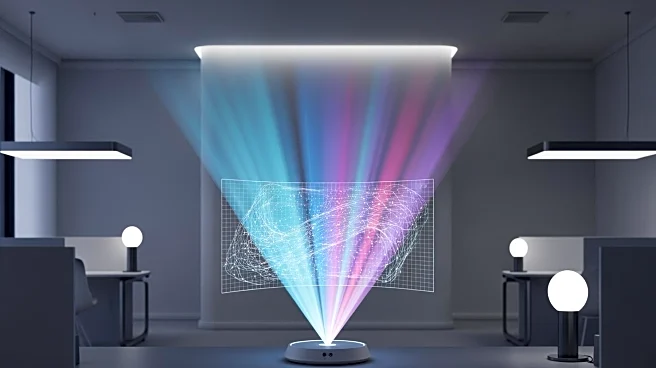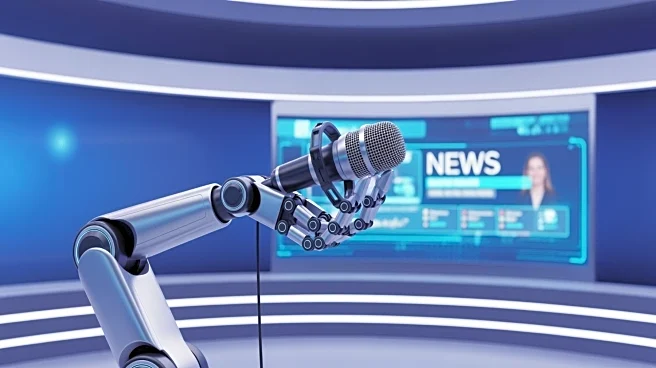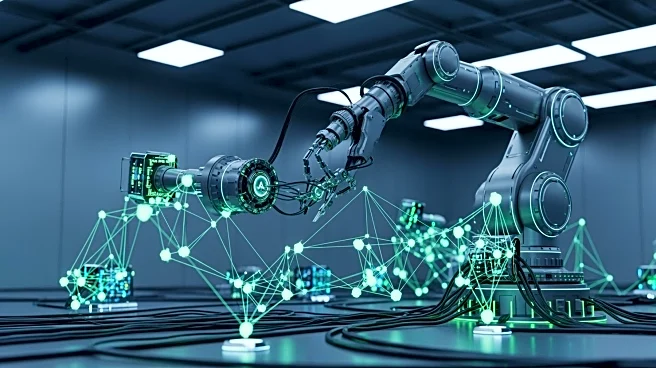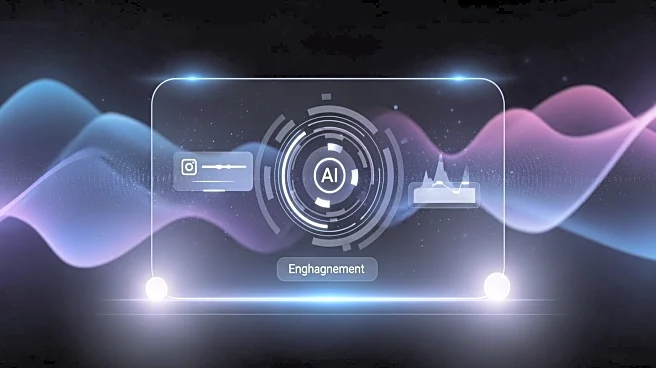What's Happening?
A recent study has introduced an L-SHADE optimized learning framework aimed at improving the accuracy of surface electromyography (sEMG) hand gesture recognition. The research applied ten machine learning algorithms
to a dataset split into training and testing segments, maintaining the temporal order of data. The Extra Tree (ET) classifier emerged as the most accurate, achieving high precision and recall rates across different participants. The study further optimized the ET classifier using L-SHADE, resulting in significant accuracy improvements. The optimized model was tested on both self-acquired and publicly available datasets, demonstrating superior performance and generalizability. The study highlights the importance of hyperparameter tuning in enhancing machine learning model accuracy, particularly for applications in prosthetic technologies.
Why It's Important?
The development of an optimized framework for sEMG hand gesture recognition has significant implications for prosthetic technology and teleoperation. By improving the accuracy of gesture recognition, the framework can enhance the functionality and reliability of prosthetic devices, offering users greater control and reducing the risk of mishaps. The study's findings also underscore the potential for machine learning models to be fine-tuned for specific applications, leading to more efficient and effective solutions. This advancement could benefit individuals relying on prosthetic limbs, as well as industries utilizing teleoperation technologies, by providing more precise and adaptable control mechanisms.
What's Next?
The study suggests further exploration into the application of the L-SHADE optimized framework in real-world scenarios, particularly in the development of prosthetic devices and teleoperation systems. Future research may focus on refining the model's adaptability to various user conditions, such as muscle fatigue and electrode placement variability. Additionally, the framework's computational efficiency makes it suitable for real-time applications, indicating potential for integration into existing prosthetic technologies. Continued collaboration between researchers and industry stakeholders could facilitate the translation of these findings into practical, user-friendly solutions.
Beyond the Headlines
The study's emphasis on hyperparameter tuning highlights a critical yet often overlooked aspect of machine learning model development. By optimizing these parameters, researchers can significantly enhance model performance without the need for entirely new classifiers. This approach not only improves accuracy but also reduces computational costs, making advanced technologies more accessible and affordable. The framework's success in both self-acquired and public datasets demonstrates its robustness and potential for widespread application, paving the way for more personalized and effective prosthetic solutions.











